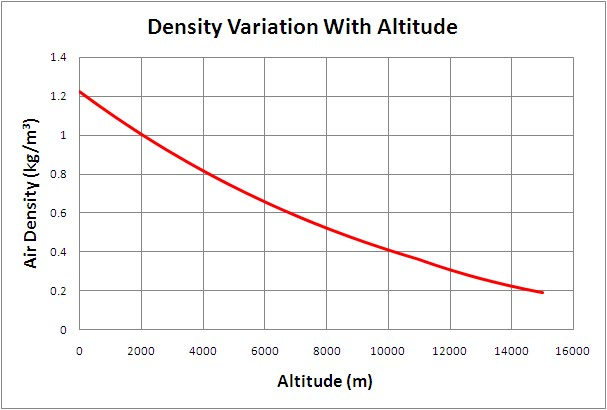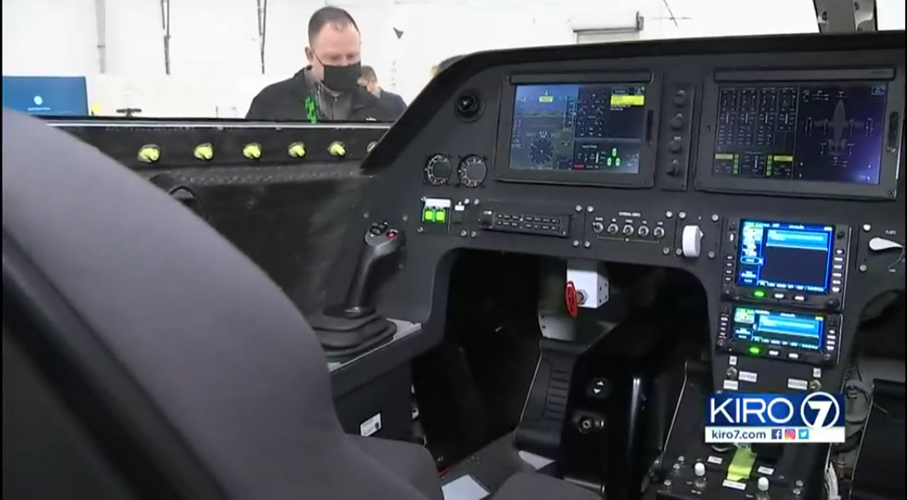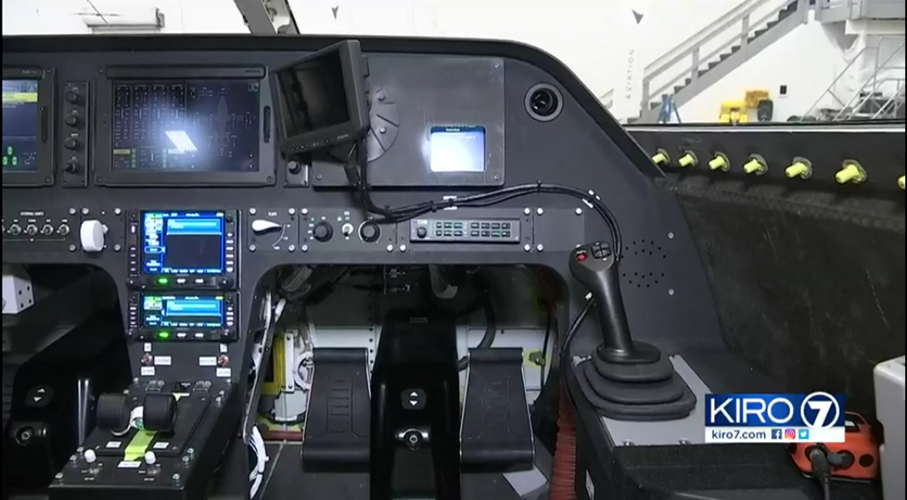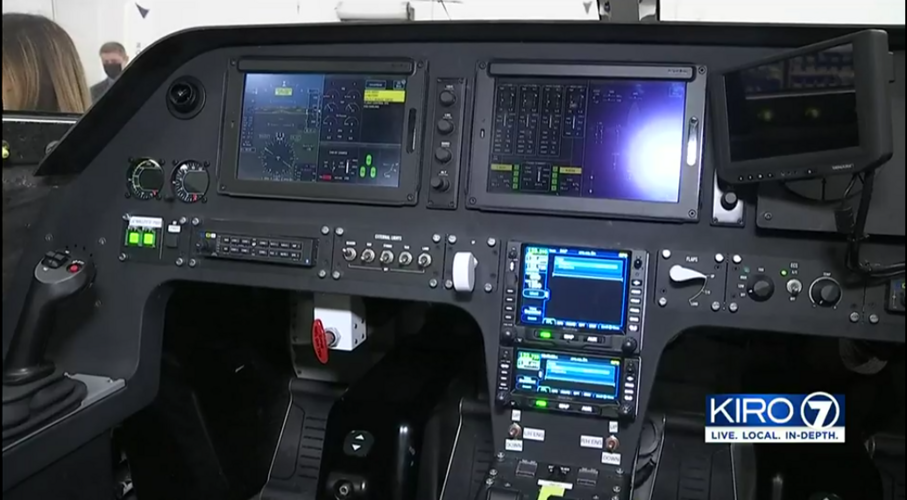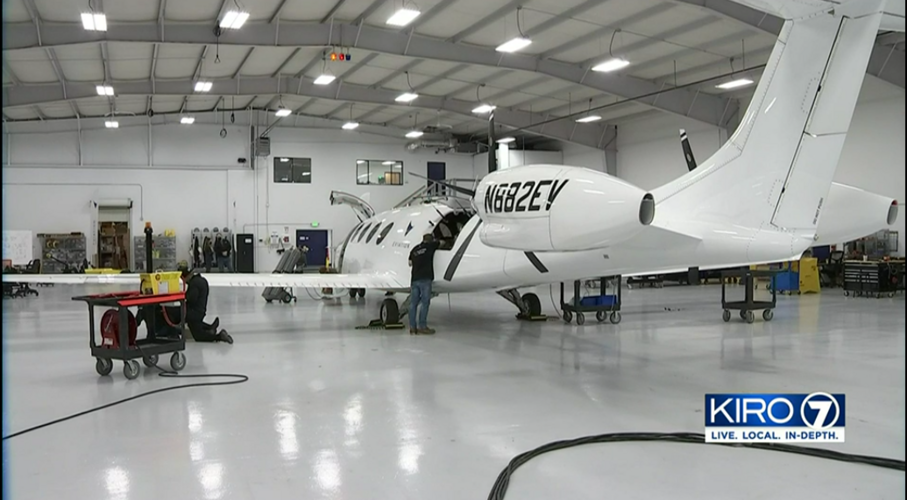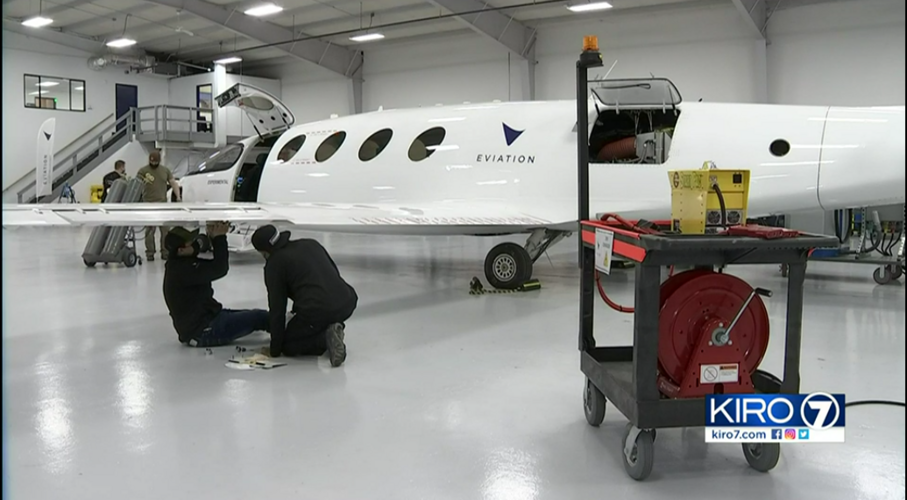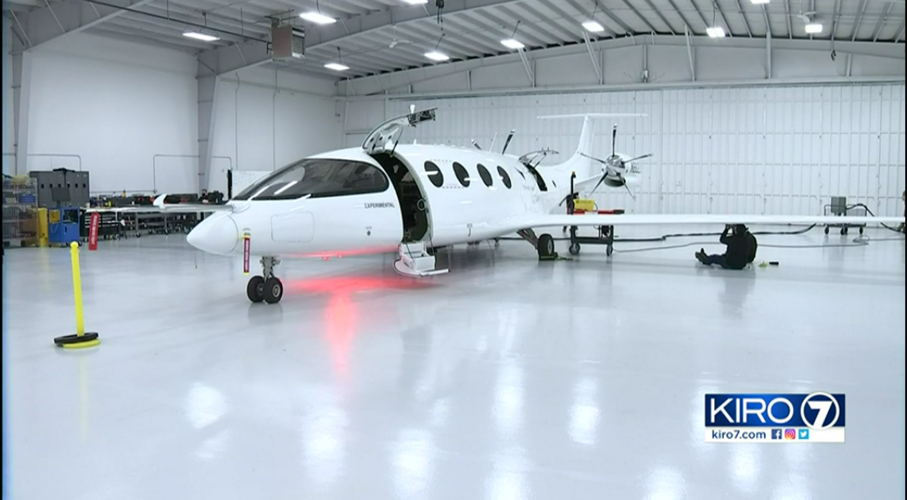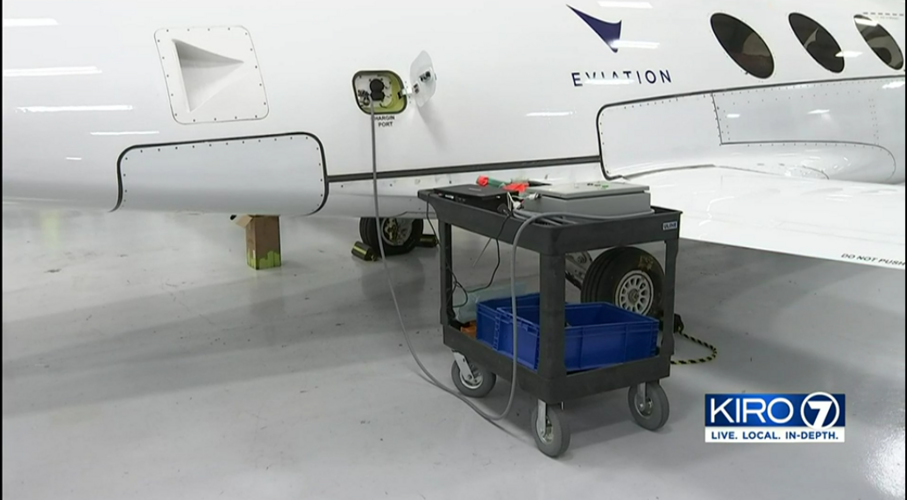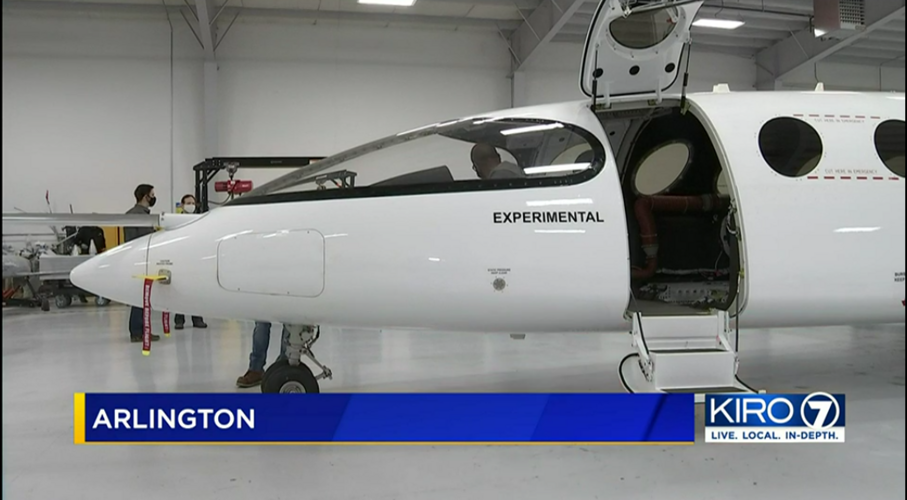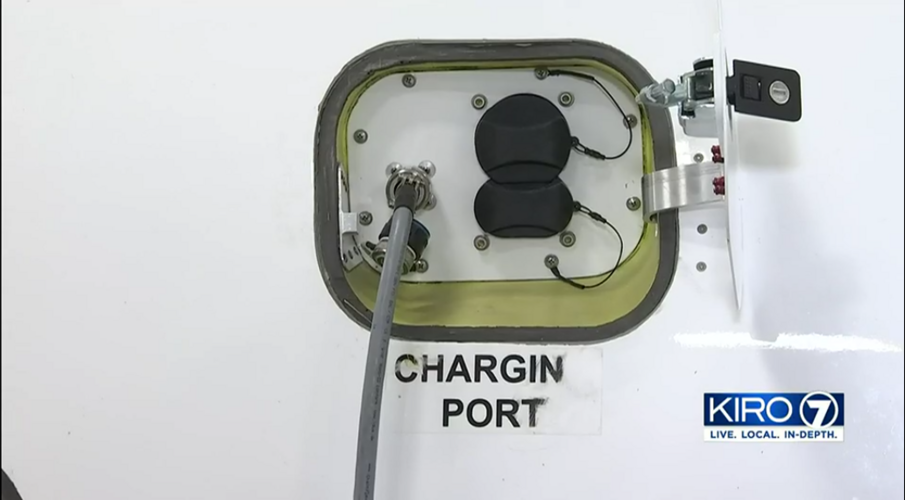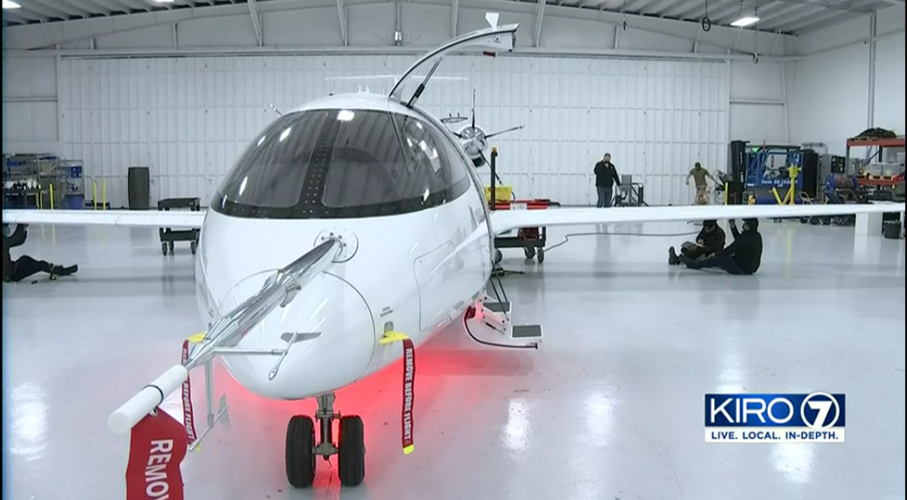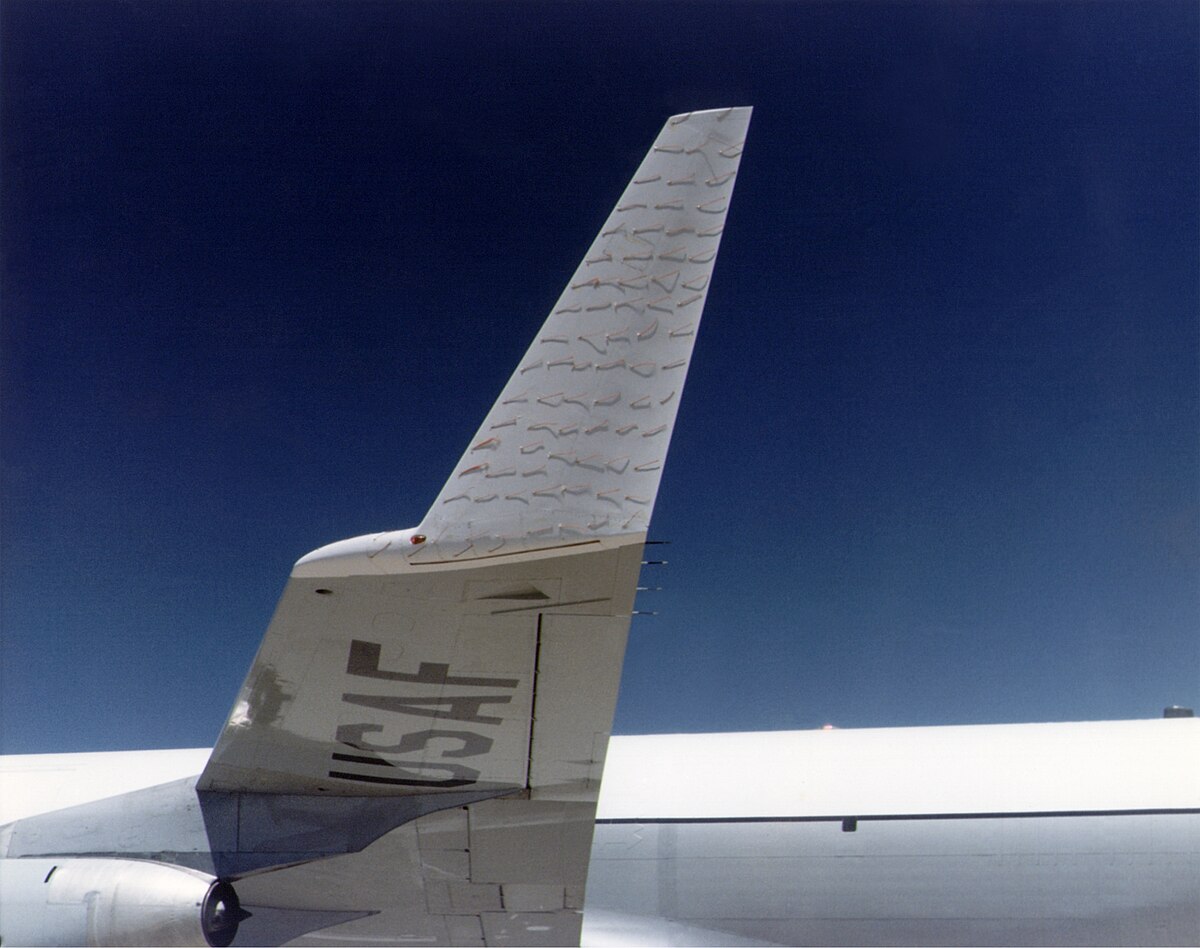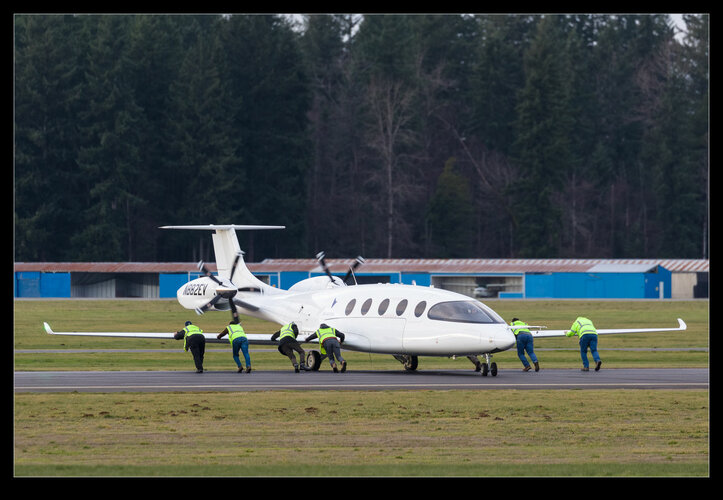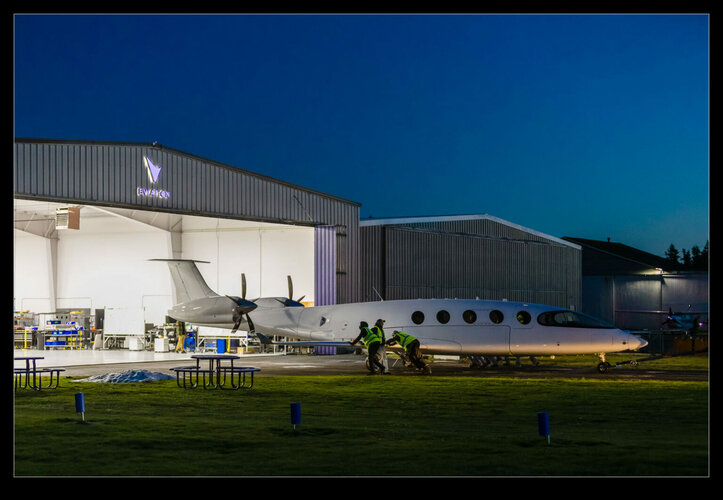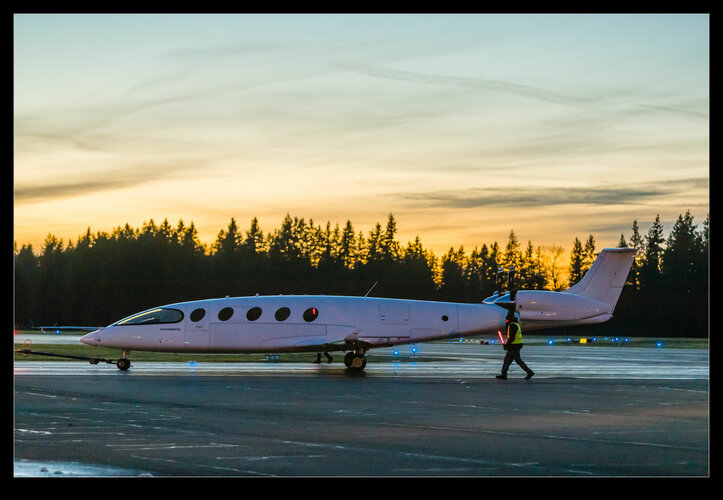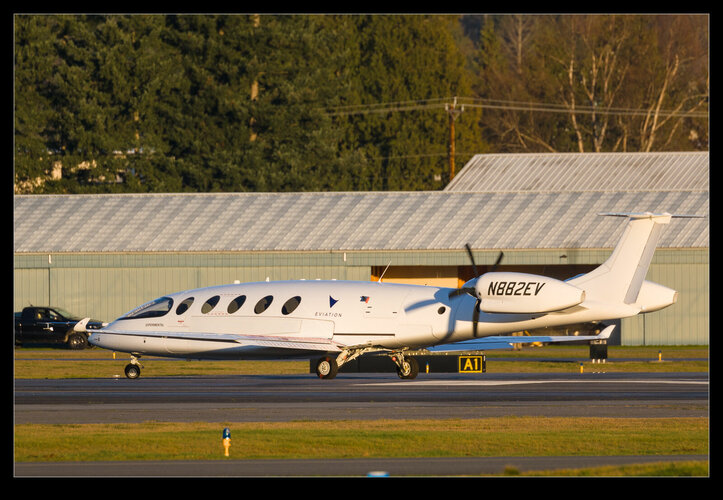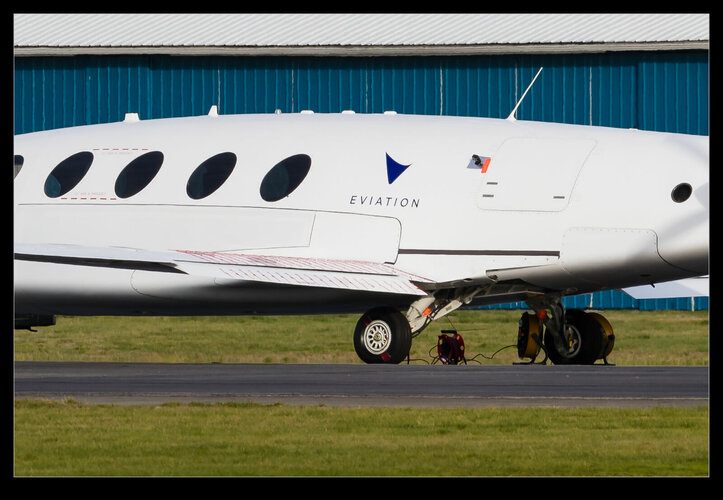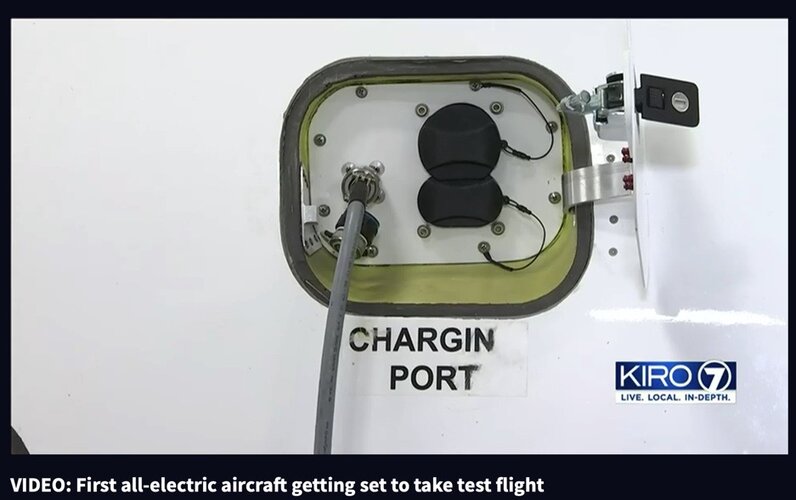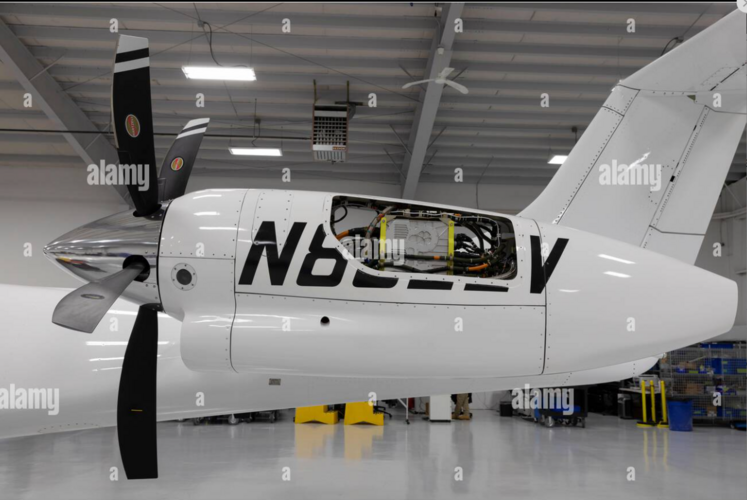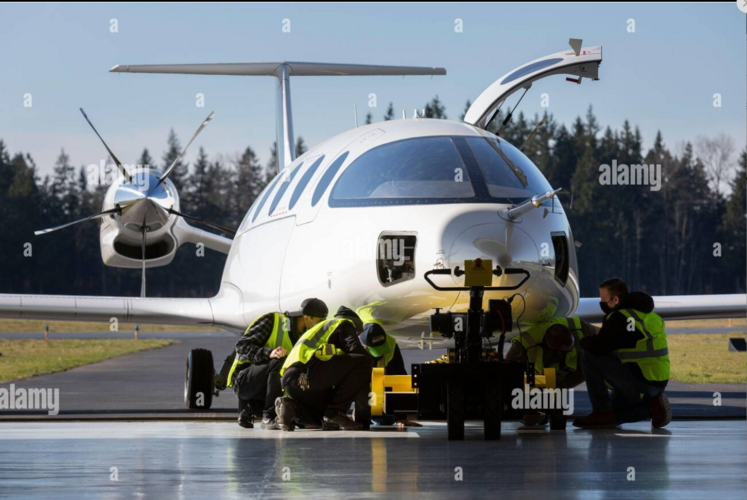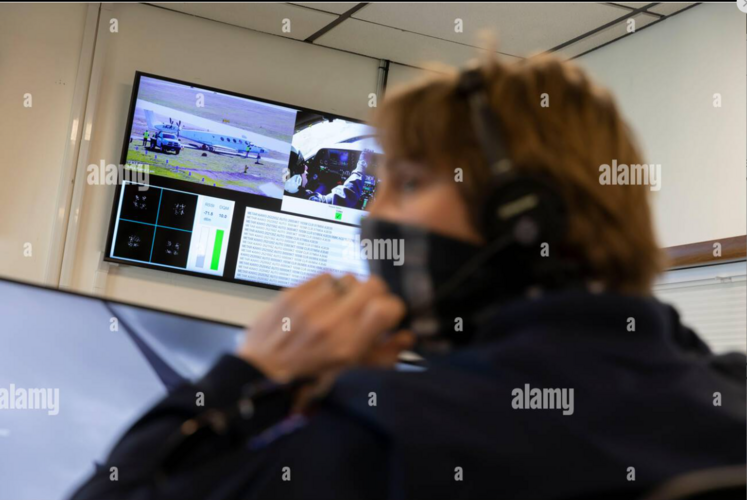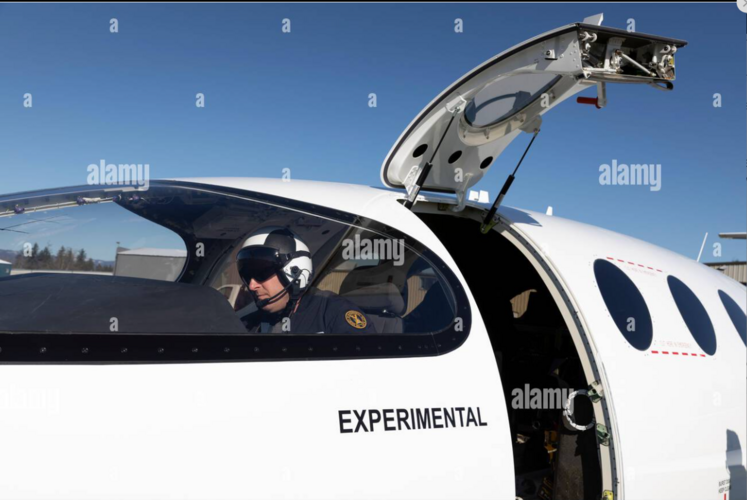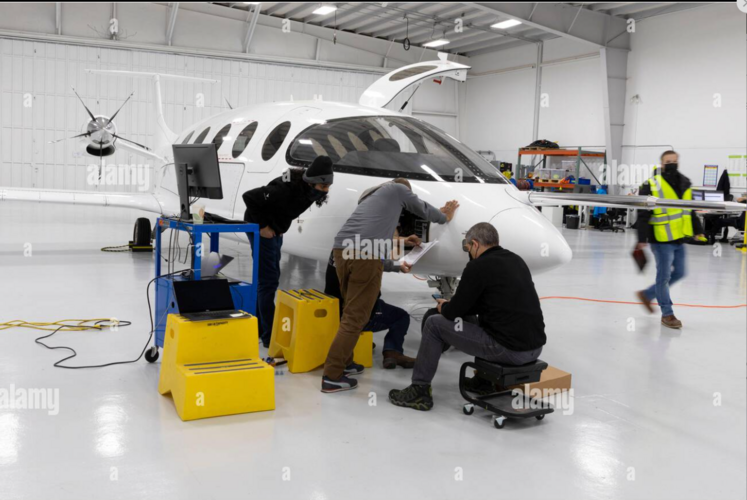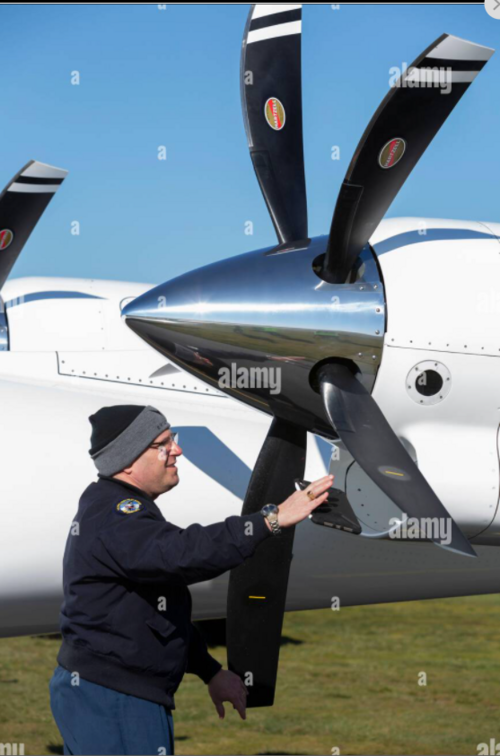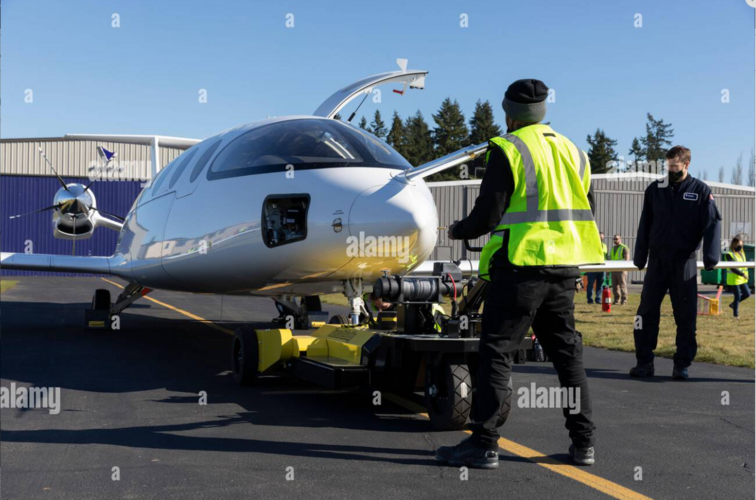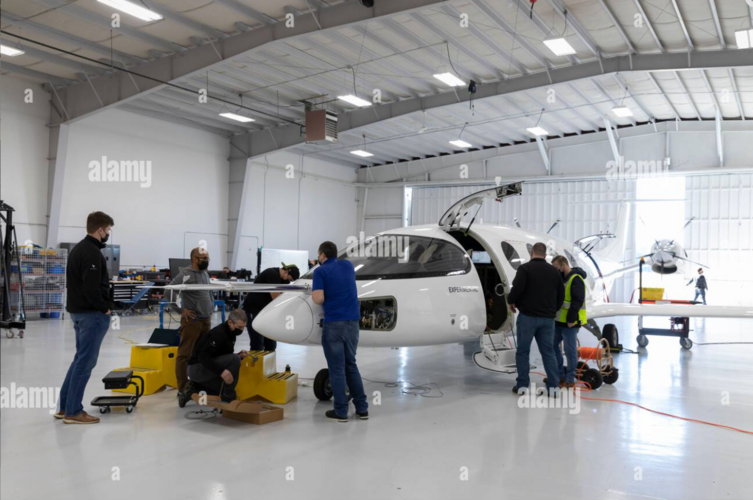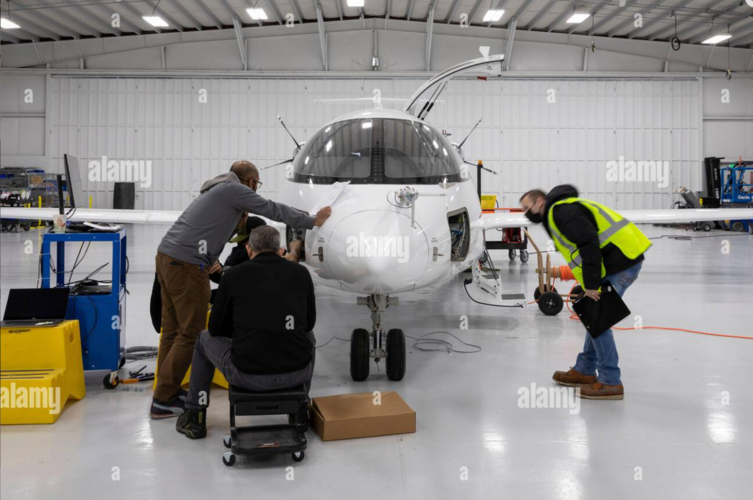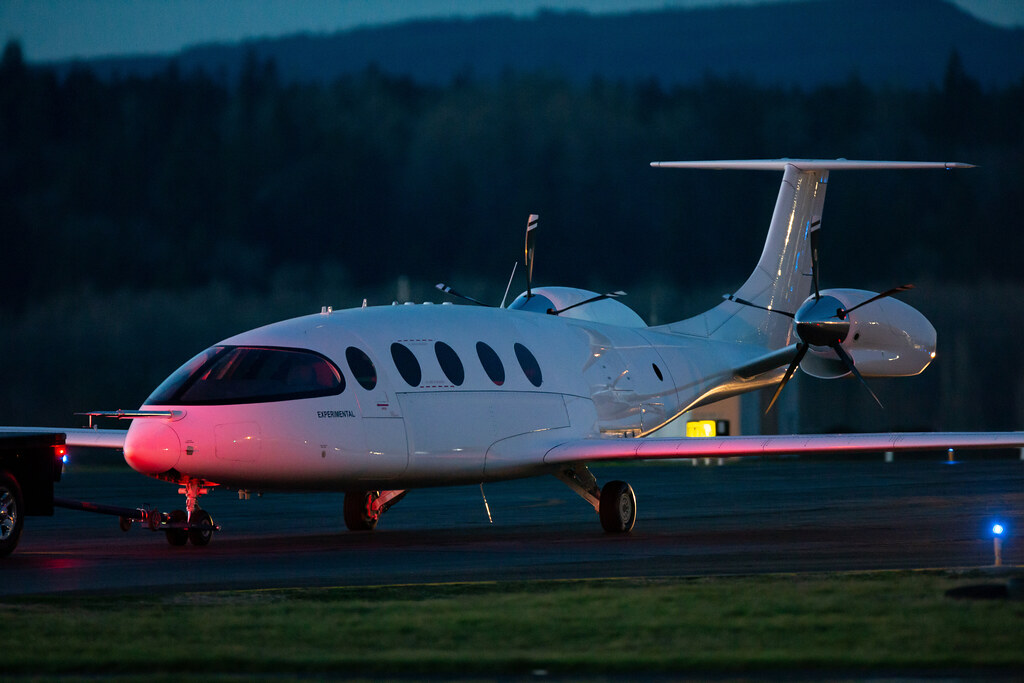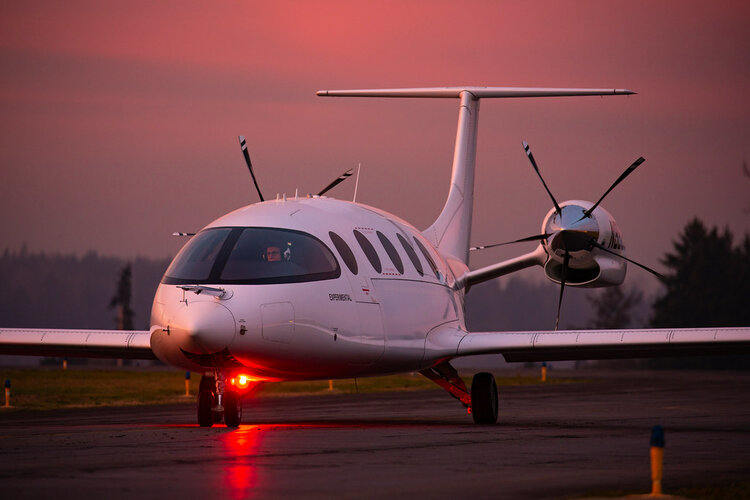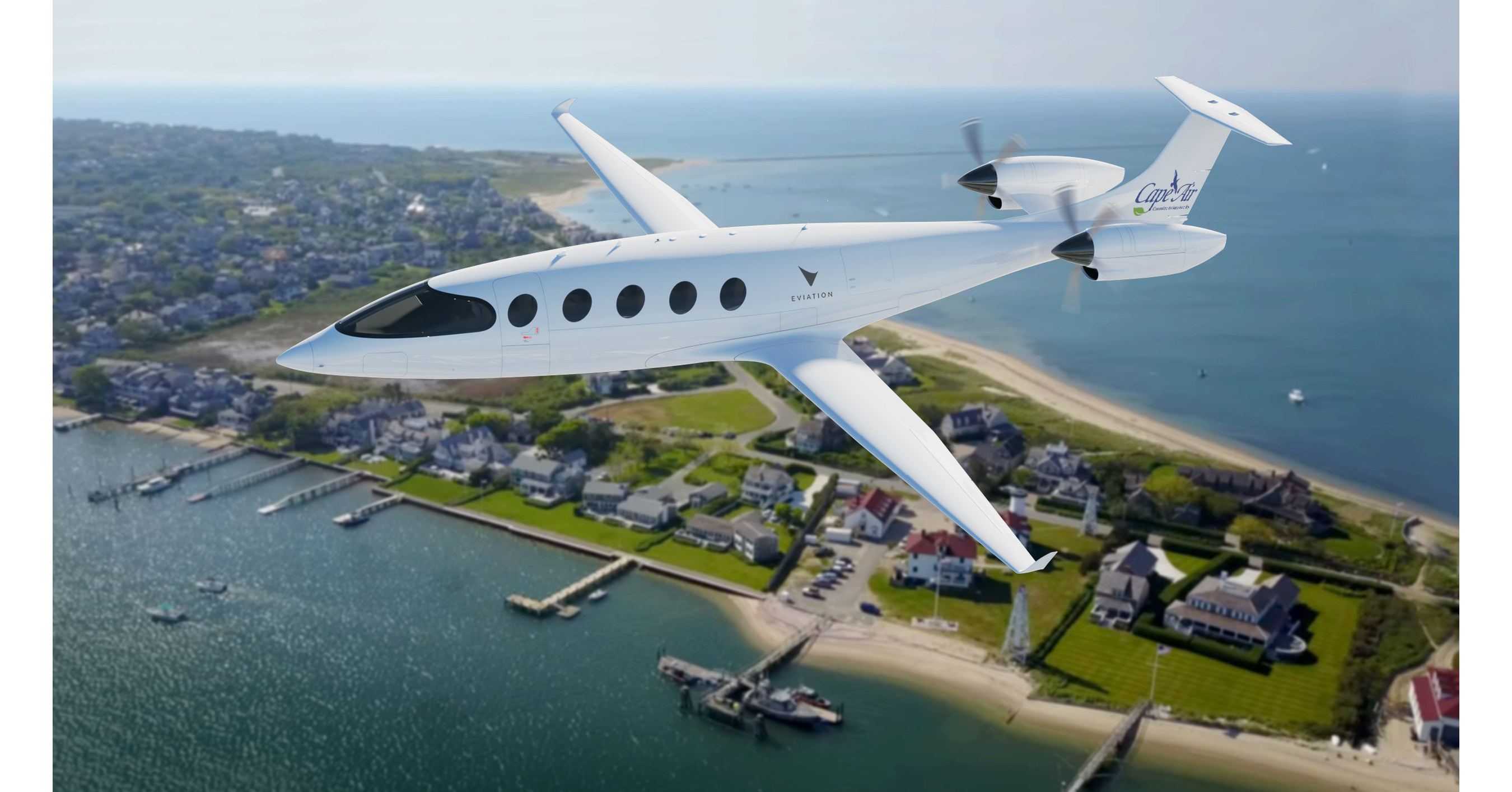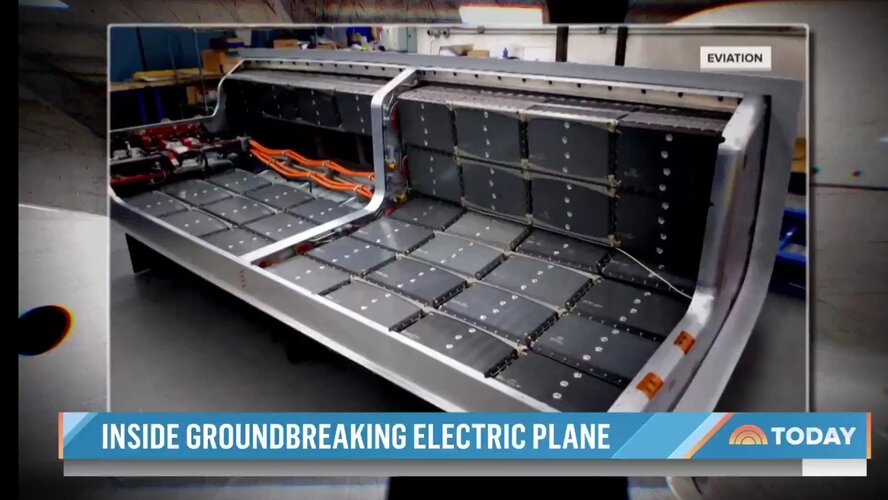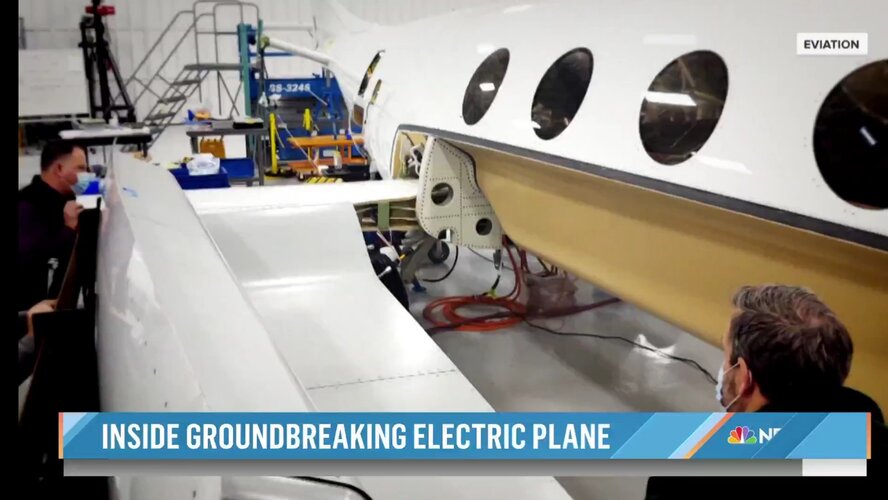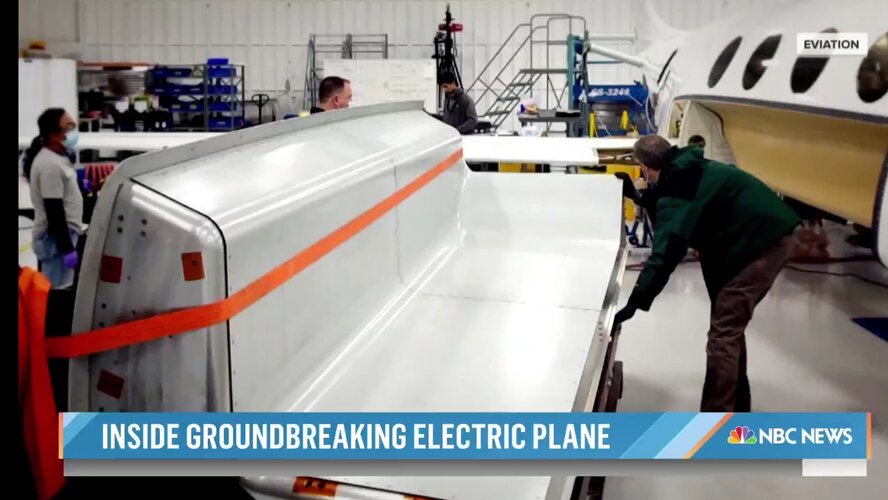10000ft is the max height a passenger a/c can fly without providing oxygen to all passengers all the time. Today, that means that you need to have a pressurized cabin to fly higher than 10kft.
Density decreases with altitude.
As drag is a function of air density, drag is reduced as you fly higher.
Usually, for a turbine engine or, worst, an internal combustion engine, power output decreases with the drop in air density. What means that, as you fly higher, your engine outputs less power.
EV aircraft's power isn't related to air density and remains ideally unaffected by altitude. Hence, the net available power of such aircraft... Augments with altitude! The higher (and faster) you fly, the more efficient your engine will be fighting gravity and drag. This is unique.
This is where you want to make some good usage of your battery power and not down low under the pretext that having a pressurized cabin increases weight and climb time will draw all your power...
Guess what, if you can spend the extra structural weight to embark your energy requirements in the form of a pack of heavy batteries, you can certainly afford the extra percentage in weight to get your cabin pressurized. You can also climb at a fast speed since your weight Vs wing surface ratio is certainly higher than usual.
Alice's Eviation got it right on the principle. They just need now to prove it can works.

